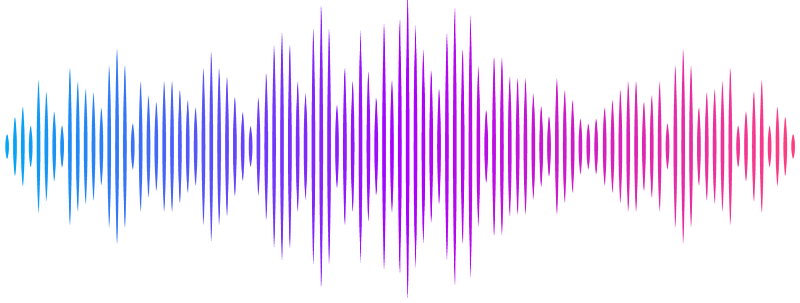Fast and reliable quantitative measures of white matter development with magnetic resonance fingerprinting

Fast and reliable quantitative measures of white matter development with magnetic resonance fingerprinting
Yablonski, M.; Zhou, Z.; Cao, X.; Schauman, S.; Liao, C.; Setsompop, K.; Yeatman, J. D.
AbstractDevelopmental cognitive neuroscience aims to shed light on evolving relationships between brain structure and cognitive development. To this end, quantitative methods that reliably measure individual differences in brain tissue properties are fundamental. Standard qualitative MRI sequences are influenced by scan parameters and hardware-related biases, and also lack physical units, making the analysis of individual differences problematic. In contrast, quantitative MRI can measure physical properties of the tissue but with the cost of long scan durations and sensitivity to motion. This poses a critical limitation for studying young children. Here, we examine the reliability and validity of an efficient quantitative multiparameter mapping method - Magnetic Resonance Fingerprinting (MRF) - in children scanned longitudinally. We focus on T1 values in white matter, since quantitative T1 values are known to primarily reflect myelin content, a key factor in brain development. Forty-nine children (age range 8-13y) completed two scanning sessions 2-4 months apart. In each session, two 2-minute 3D-MRF scans at 1mm isotropic resolution were collected to evaluate the effect of scan duration on image quality and scan-rescan reliability. A separate calibration scan was used to measure B0 inhomogeneity and correct for bias. We examined the impact of scan time and B0 inhomogeneity correction on scan-rescan reliability of values in white matter, by comparing single 2-min and combined two 2-min scans, with and without B0-correction. Whole-brain voxel-based reliability analysis showed that combining two 2-min MRF scans improved reliability (Pearson\'s r=0.87) compared with a single 2-min scan (r=0.84), while B0-correction had no effect on reliability in white matter (r=0.86 and 0.83 4-min vs 2-min). Using diffusion tractography, we delineated MRF-derived T1 profiles along major white matter fiber tracts and found similar or higher reliability for T1 from MRF compared to diffusion parameters (based on a 10-minute dMRI scan). Lastly, we found that T1 values in multiple white matter tracts were significantly correlated with age. In sum, MRF-derived T1 values were highly reliable in a longitudinal sample of children and replicated known age effects. Reliability in white matter was improved by longer scan duration but was not affected by B0-correction, making it a quick and straightforward scan to collect. We propose that MRF provides a promising avenue for acquiring quantitative brain metrics in children and patient populations where scan time and motion are of particular concern.


